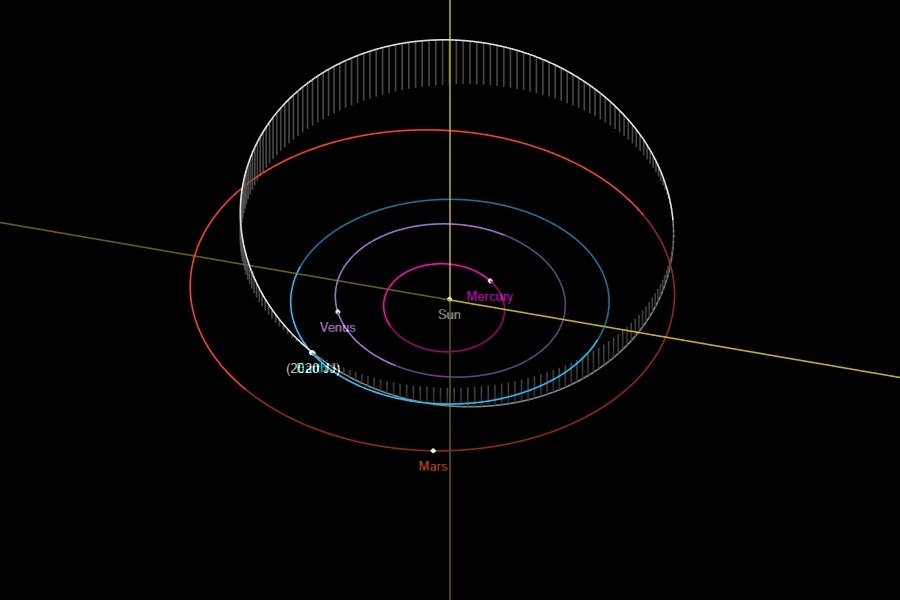Surprise asteroid EVADES Earth protection satellites in one of the closest flybys ever recorded

A truck-sized asteroid has careened past Earth in one of the closest flybys ever recorded – but none of satellites scanning the skies to protect our planet saw the space rock coming.
The previously unseen asteroid, 2020 JJ, whizzed past at a distance of around 7,000 kilometers (4,350 miles) this week. In astronomical terms, that’s an incredibly close shave, and it makes it one of the closest passes of our planet ever recorded.
In a development that might worry those tasked with protecting Earth from being smashed by space objects, the asteroid was only discovered by the Mount Lemmon Survey in Arizona at almost exactly the time it reached its closest point to Earth.

NASA’s database of close approaches by asteroids and other “near-Earth objects” reveals that 2020 JJ was the sixth closest approach recorded in over 100 years of data going back to 1900, and it came closer than many of the satellites orbiting our planet.
The space rock’s elusiveness is explained by the fact that it is estimated to measure up to 20 feet (six meters) in diameter. Compare that with the giant asteroid 1998 OR2 – which made headlines with its fly-by late last month – which weighs-in at almost a mile across. However, the smaller object came far closer, as 1998 OR2 passed by at a distance of around 6.3 million kilometers (around four million miles).
Had 2020 JJ actually collided with Earth, it likely would have burned up in the atmosphere around our planet. However, it still serves as a warning of the dangers of near-Earth asteroids.
Also on rt.com Heads up! More than 16,000kg of EXTRATERRESTRIAL MATERIAL blasts Earth every year, study revealsLike this story? Share it with a friend!












